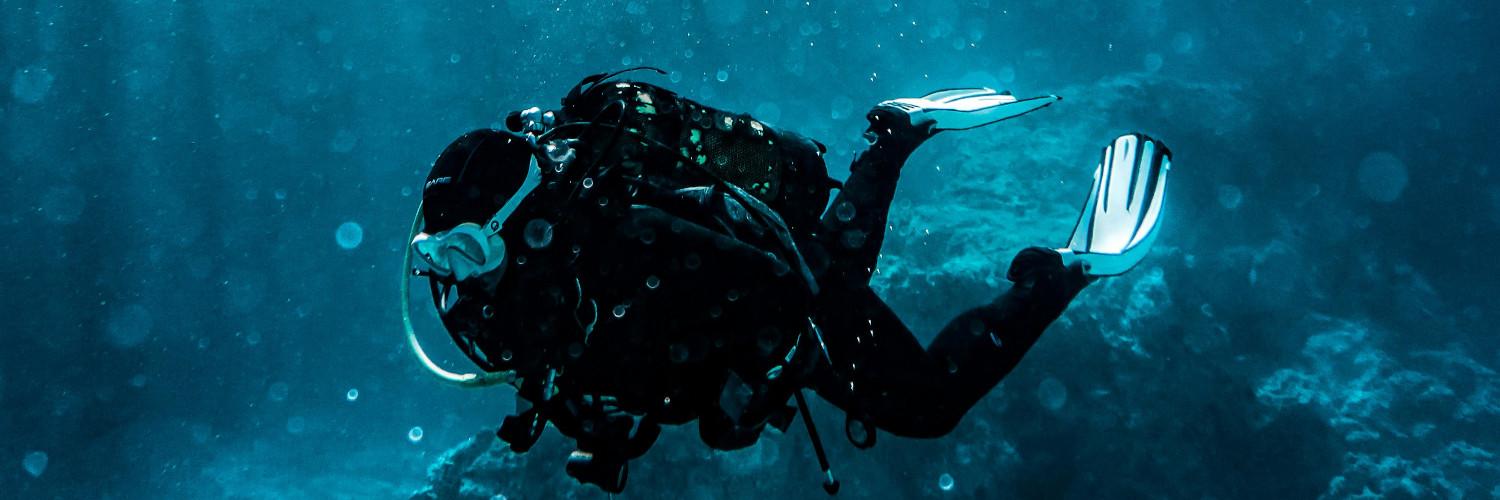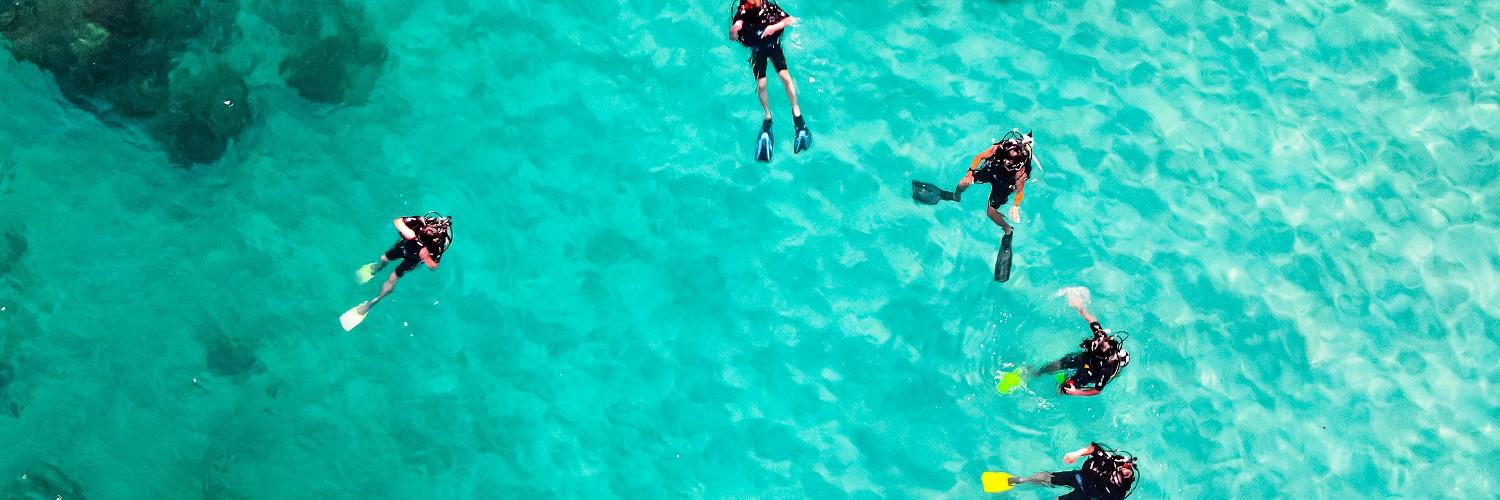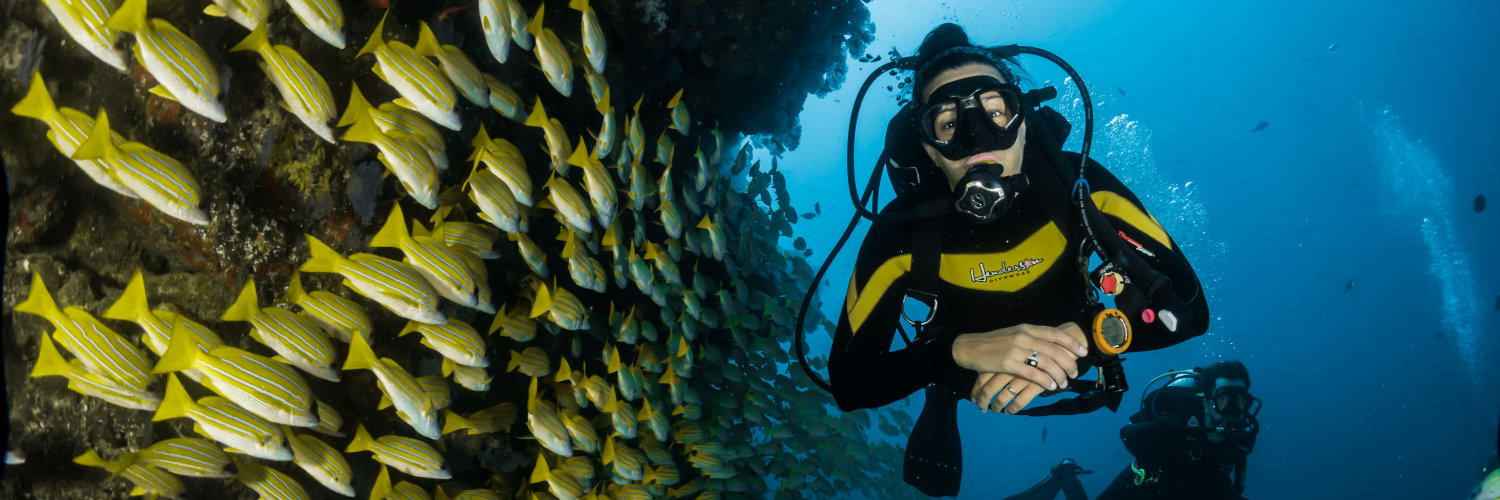Decompression sickness, often known as “the bends,” is a condition that can arise when divers ascend too quickly from the depths of the ocean. The mechanics of this illness are tied to the physics of dissolved gases in the body, primarily nitrogen. Under the high pressure underwater, nitrogen gas dissolves into the diver’s bloodstream and tissues. If a diver ascends too rapidly, this pressure decreases, causing the dissolved gas to form bubbles in their tissues, which can lead to a range of symptoms.
The manifestation of decompression sickness varies, with symptoms ranging from joint pain and rashes to more severe issues such as neurological effects and life-threatening conditions. As climbers and flyers can also be affected, it is not exclusively a concern for divers. Awareness and proper decompression techniques are crucial to prevent these gas bubbles from causing harm.
The treatment for decompression sickness typically involves the use of hyperbaric oxygen therapy. This medical process involves placing the affected individual in a hyperbaric chamber to safely increase the ambient pressure, which helps to reduce the size of the nitrogen bubbles and facilitates their reabsorption into the body’s tissues before they are safely exhaled by the lungs. Adherence to diving safety protocols and decompression stops are key preventative measures to reduce the risk of developing this condition.
Understanding Decompression Sickness
Decompression sickness (DCS), commonly known as the bends, is a condition arising from gas bubbles forming in the bloodstream or tissues due to rapid decompression. Understanding its causes, types, and signs is crucial for prevention and treatment.
Causes and Mechanics
DCS occurs when nitrogen, which is normally dissolved in body tissues and blood at high pressures, forms gas bubbles during rapid decompression. These bubbles can cause local damage to tissues and act as emboli, blocking blood flow. The risk increases with the depth of the dive and the speed of ascent, making controlled decompression vital.
Types of Decompression Sickness
There are two primary types of DCS, classified based on symptoms and the affected body areas:
- Type I DCS: Involves the skin and musculoskeletal system, with symptoms such as skin rash and pain in joints and limbs.
- Type II DCS: More severe, affecting the central nervous system, lungs, and other organs, potentially leading to paralysis, dizziness, and even life-threatening complications.
Symptoms and Early Signs
Early recognition of DCS is critical for effective treatment. Some common symptoms include:
- Pain: Often in joints and muscles.
- Skin: Mottled rash or itching usually on the upper body.
- Neurological: Dizziness, headache, and confusion.
- General: Fatigue and a feeling of malaise.
Prompt identification of these symptoms as potential signs of DCS is imperative for the timely administration of treatment, most commonly recompression therapy.
Risk Factors and Prevention
Understanding the risk factors associated with decompression sickness and adhering to preventive measures are crucial for safe scuba diving practices. Scuba divers can minimize the risk of decompression illness by recognizing and managing these factors.
Factors Influencing Risk
Several factors contribute to the risk of a scuba diver experiencing decompression sickness. These include:
- Depth and Duration of Dive: The longer and deeper a dive, the greater the absorption of inert gases like nitrogen in the body’s tissues.
- Rapid Ascent: Ascending too quickly causes gases to come out of solution too rapidly, forming bubbles in tissues.
- Dive Tables and Dive Computers Compliance: Failure to follow dive tables or the recommendations of dive computers which track depth and time can increase risk.
- Cold Water Dives: Cold can slow blood circulation, leading to poor off-gassing of nitrogen.
- Exercise: Heavy exercise, either before or after a dive, can affect gas absorption and elimination.
- Repetitive Dives: Subsequent dives can increase the level of residual gas in the diver’s body which accumulates with each dive if proper surface intervals are not respected.
- Altitude Exposure After Diving: Exposure to altitude or flying after diving increases the risk because the lower atmospheric pressure can exacerbate bubble formation.
- Hydration: Dehydration can increase the risk of decompression illness due to reduced blood flow and gas exchange.
Preventive Measures and Safe Diving Practices
To prevent decompression sickness, divers should adhere to the following practices:
- Respect Decompression Limits: Follow dive tables and dive computer readouts to stay within no-decompression limits.
- Controlled Ascent Rate: Ascend slowly from dives, typically not faster than 30 feet (9 meters) per minute, to allow safe off-gassing of inert gases.
- Post-Dive Surface Interval: Ensure appropriate surface intervals between dives to allow for dissipation of inert gases.
- Graduated Dive Profiles: Plan deeper dives first when conducting repetitive dives, as shallower subsequent dives entail less decompression stress.
- Hydration: Stay well-hydrated before, during, and after diving to facilitate gas exchange.
- Temperature Management: Try to keep warm during dives to maintain optimal circulation.
- Avoid Altitude Exposure: After diving, avoid flying or traveling to high-altitude areas for at least 12 to 24 hours.
- Physical Fitness: Maintain good physical fitness to improve circulation and gas exchange.
- Decompression Stops: Whether mandatory or safety stops, these pauses during ascent can significantly reduce the risk of decompression sickness.
- Professional Training: Obtain and adhere to training and guidelines from certified dive organizations.
Treatment and Management
Effective treatment and management of decompression sickness (DCS) are critical to mitigate serious health risks. Key strategies include prompt initial response and advanced recompression and hyperbaric oxygen therapy.
First Aid and Initial Response
Upon suspicion of DCS, immediate action is crucial. The patient should lie flat and breathe 100% oxygen as soon as possible, which can help reduce the size of nitrogen bubbles in the body. The affected individual must remain hydrated but avoid any in-flight or further diving activities.
Recompression and Hyperbaric Oxygen Therapy
The cornerstone of DCS treatment is recompression therapy, usually conducted in a hyperbaric chamber. This treatment involves increasing ambient pressure around the patient to help dissolve nitrogen bubbles in tissues back into solution. Following recompression, hyperbaric oxygen therapy (HBOT) is administered, wherein the patient breathes pure oxygen in the chamber at high pressure. HBOT promotes tissue repair, reduces bubble size, and restores normal organ function. Patients typically undergo a series of treatment sessions based on the severity of their symptoms.
Complications and Long-term Effects
Decompression sickness (DCS) carries the risk of chronic and sometimes severe health issues. Complications can affect the neurological and musculoskeletal systems and require rigorous rehabilitation efforts.
Neurological and Musculoskeletal Issues
The brain and spinal cord are particularly prone to the effects of DCS due to their dense network of blood vessels and nervous tissue. Neurological symptoms can range from mild numbness to severe cognitive and motor injuries. Musculoskeletal complaints include joint pain and weakness, often impacting the larger joints like shoulders and hips. These symptoms reflect the seriousness of DCS and underscore the importance of proper treatment and decompression protocols.
- Neurological Symptoms:
- Mild:
- Numbness
- Tingling
- Severe:
- Motor dysfunction
- Cognitive impairment
- Mild:
- Musculoskeletal Symptoms:
- Joint pain
- Weakness in limbs
Residual Effects and Rehabilitation
After the initial treatment for DCS, some individuals may experience persisting effects that interfere with daily functioning. Rehabilitation typically involves physical therapy focused on strengthening and mobilizing the affected musculoskeletal regions. Prompt and proper hyperbaric oxygen therapy is essential to minimize long-term consequences, which can include chronic pain and impaired mobility. The severity of these residual effects often correlates with the promptness of initial treatment after symptom onset.
- Rehabilitation Strategies:
- Physical therapy
- Pain management
- Mobility exercises
- Strength training
Recovery times can vary widely based on the severity of the initial episode and the individual’s overall health.
Regulations and Research
In the realm of scuba diving, strict adherence to safety standards and the continuous progression of research are essential for the prevention and management of decompression sickness.
Diving Standards and Equipment
Standards for scuba diving ensure that both equipment and practices meet safety criteria, minimizing the risk of decompression sickness. Standards are set by organizations such as the Professional Association of Diving Instructors (PADI), and they cover various aspects of a dive, from pre-dive checks to post-dive procedures.
- Dive computers are now a standard piece of equipment, providing real-time data to divers about depth, bottom time, and necessary safety stops.
- Regulations generally call for a safety stop at 15 to 20 feet for a few minutes to allow dissolved gases to safely off-gas.
- The proper evaluation and management of pressure changes during ascent are critical to avoid the onset of decompression sickness.
Scientific and Medical Research
Research in diving medicine is continuously advancing our understanding of decompression sickness (DCS).
- Decompression Sickness (DCS):
- Studies focus on understanding DCS pathophysiology with advanced imaging techniques like MRI, helping in better evaluation.
- Patent Foramen Ovale (PFO):
- Research has shown that a PFO, a small opening in the heart, can increase decompression sickness risk. Detection and management of PFO are becoming a crucial part of diver evaluation.
The goal of such research is twofold: to improve the protocols for the management of DCS and enhance the safety and efficiency of scuba diving equipment and practices. Continuous research is not only refining treatment approaches but also informing the design and functionalities of dive computers and other crucial diving gear.
Diving and Health Considerations
Scuba diving, while a pleasurable activity, is not without health risks. This section outlines the medical conditions associated with diving and the importance of vigilant post-dive healthcare.
Associated Conditions and Contraindications
Divers must be aware of several health conditions that can complicate diving. Asthma can increase the risk of a lung overexpansion injury due to the inability to effectively equalize pressure. Obesity is a concern as it may affect a diver’s buoyancy and increase the risk of decompression sickness (DCS). DCS, also known as “the bends,” occurs when dissolved gases, mainly nitrogen, come out of solution in the bloodstream, forming bubbles in blood and tissues due to a rapid decrease in pressure. These bubbles can cause a range of symptoms from joint pain to life-threatening conditions like an air embolism.
Individuals with pre-existing joint issues may experience exacerbated joint pain due to these nitrogen bubbles. The bloodstream is central in decompression sickness as it transports these gas bubbles throughout the body.
Divers should avoid diving if they have conditions that could lead to complications such as ear barotrauma, which is a result of failure to equalize ear pressure, leading to inflammation and potentially chronic damage.
Post-Dive Healthcare and Observation
Observation after a dive is crucial for the early detection of decompression illness. Divers should monitor for symptoms including, but not limited to:
- Chest pain or discomfort
- Cough or choke, indicating possible air embolism
- Changes in skin coloration or rashes, signaling circulation issues
- Inflammation and joint pain
The advised waiting time before flying or ascending to high altitudes after a dive should be a minimum of 24-48 hours to allow excess nitrogen to be safely released from the body. This is particularly important after dives that require decompression stops to avoid potential decompression sickness.
Adhering to these guidelines and being aware of potential health issues can help ensure a safe and enjoyable scuba diving experience.





